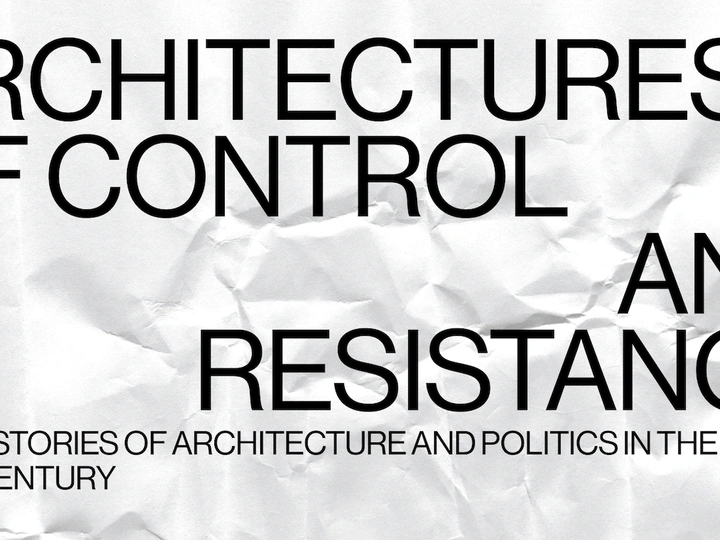Architectures of Control and Resistance

I am an architect, a scholar, and an educator. I work at the intersection of architectural history and theory exploring the nexus between space and social, environmental, and gender justice.
I am the author of New Wombs, Electronic bodies and architectural disorder and Paesaggi Sensibili. Architetture a sostegno della vita, the editor of four collective books, a frequent contributor to several webzines. I curated events, workshops, and exhibitions for and with Cornell AAP, the Italian National Institute of Architecture, the McLuhan Program in Culture and Technology, the Department of Urban Planning of the City of Rome, the Ecoweek international NGO, and the Italian feminist collective RebelArchitette, among others.
The most recent events I curated are: Architectures of Control and Resistance, the annual symposium of Cornell University’s History of Architecture and Urban Development PhD program, in Spring 2023; Towards Intersectional Justice. Making space for inclusive, empowering and reparative practices, a 48-hours virtual event with lectures and workshops for Ecoweek, in January 2021; Europe, a Resilient Community? Critical Practices across the Mediterranean Border, and, Architette di Resilienza (Women Architects for Resilience), two online events involving mainly women scholars, architects, and activists for the opening of the Italian Pavilion at Venice 17th Architectural Biennale, in May 2021.
My current work on Italy's histories of colonialism at home and abroad has been well received from the American Society of Architectural Historians, where my paper “War and Women's placemaking in the Italian ʽpacificationʼ of Libya” was selected for a presentation at the society 2022 annual conference and awarded a scholarship, and from the South Atlantic Quarterly which selected my paper “Histories of the Channel of Sicily. Architecture, Colonization, and Migrations across the Mediterranean Shores (1932-1943)” for their last published issue.
This spring, together with Eun-Jeong Kim, I curated Architectures of Control and Resistance: New Histories of Architecture and Politics in the 20th Century, the annual symposium of Cornell University's History of Architecture and Urban Development (HAUD) PhD program. I now aim to cure a book collecting a selection of the presented papers. The proposed book is therefore the result of Cornell symposium, but it will go beyond it, offering a new level of insight of the 9 selected topics, weaved together by an introductory theoretical framework on the present tools and aims of architectural history and criticism.
ARCHITECTURES OF CONTROL AND RESISTANCE explores histories of spaces and bodies that grapple with the scarring and marring of lands and people caused by enforced occupation, violent displacement, and extractive practices associated with modernity under totalitarian, colonial, or neo-colonial regimes, during the twentieth century, in any part of the world.
As with other fields in the humanities, architectural history is searching for new ways to unsettle the ongoing unjust systems of power-knowledge and address the coloniality of modernity in architecture worldwide. We ask: how can our histories of architecture expose the coloniality of race, violence, and place? How can we disturb the imperial imaginations that define modernism in and of architecture? Finally, how can our work activate transformative practices of resistance and reinscription in both historical and architectural thinking?
This collection of texts aims to showcase research that reconsiders and expands our knowledge about the role that architecture played in building the structures of power of fascism, colonialism, imperialism, and capitalism during the 1900s. The selected papers explore specific architectural, spatial, and material practices and expose how they helped occupy, tame, discipline, and control places and people—as well as the nonhuman, the natural, and the material.